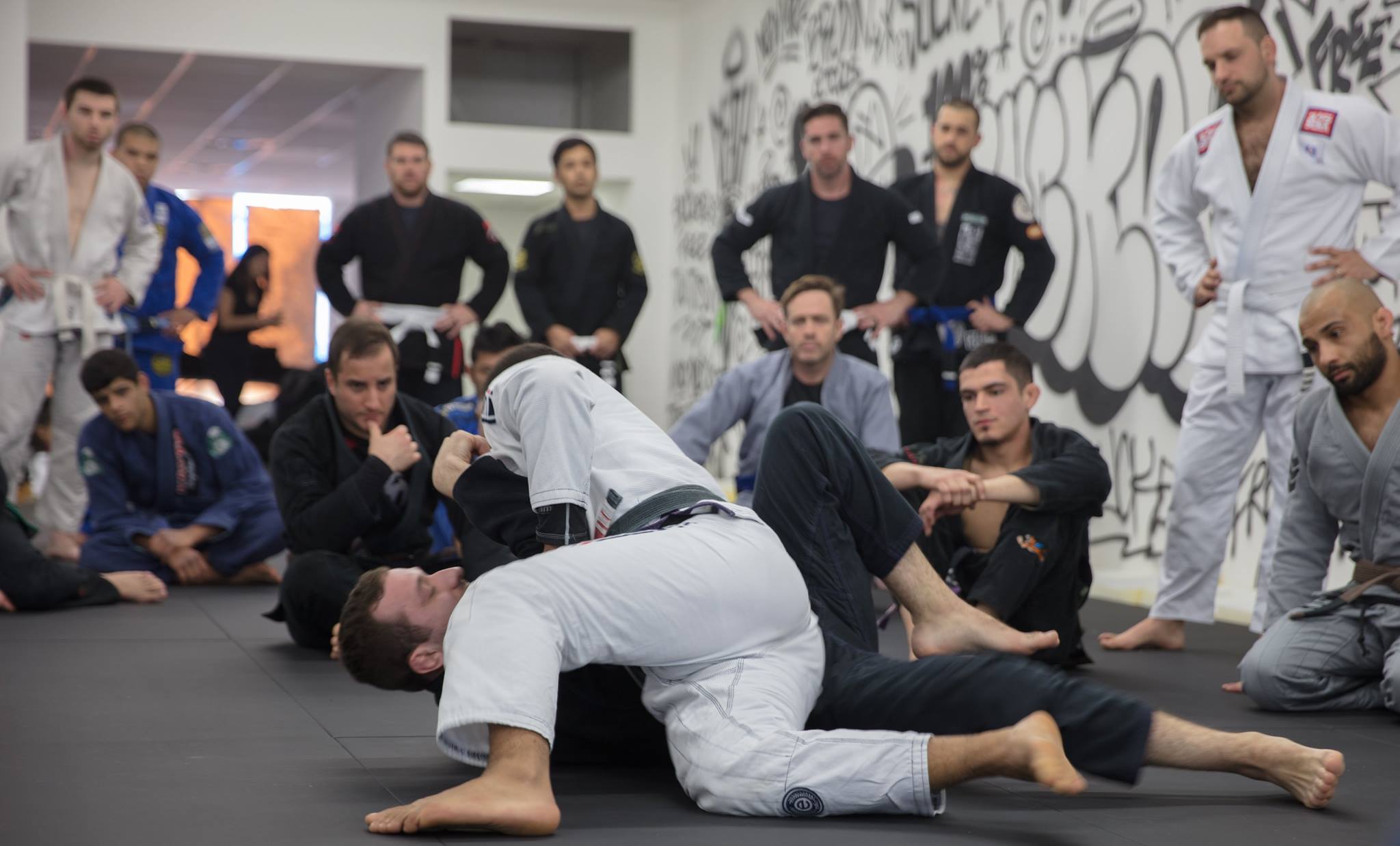
So, what are the basic BJJ positions and techniques that every beginner has to learn to become an effective grappler? Keep reading to find out. There is just so much to take in! This is why the instructors at the ICC take special care to teach beginners the fundamentals and make sure they master the most efficient techniques as soon as possible. Your first few months in BJJ can be quite confusing and frustrating, as you quickly learn that even the much smaller blue (and even) belts can easily get you to the ground and choke you out cold. Below are the submissions that you may try to perform if your attempt to finish the Americana fails.Home / Blog / All the Basic BJJ Positions and Techniques a Beginner Needs to Know All the Basic BJJ Positions and Techniques a Beginner Needs to Know It is important to anticipate the defensive reaction that your opponent may do once you go for the Americana, as it can also be used as an initial threat to set up other submissions. Aside from being a submission itself, the Americana can also be used to set up other submissions.Ĭhaining the Americana with Other SubmissionsĪs you get to face more experienced opponents, sometimes finishing the Americana may be a little tricky. The paintbrush can also be done from the mount, although some practitioners may prefer to do it from the side control, as it is more efficient and makes the transition to other submissions easier. Think of the hand of the opponent as the bristles of the brush connecting to the mat as you lift his elbows up to do a brushing motion. The reason for it is that it mimics the motion of painting a brush. Using your head to pin the arm of your opponent is also a good way to finish this submission.Īmericana is also known as the paintbrush. Likewise, keep the wrist of your opponent to the ground while slowly driving it down as you lift his elbow up to maximize the shoulder pressure. Pin the hand of your opponent and apply the figure-four grip. This creates the opportunity for you to pin down his framing hand on the ground. The natural reaction of the opponent is to create a frame. Keep the chest-to-chest pressure to pin your opponent down. Start by securing the side control by using your knees to block the hips of your opponent while maintaining heavy hips. The Americana from side control is the most common way to execute this submission.
ESSENTIAL JIU JITSU MOVES HOW TO
How To Perform The Americana From The Mount This prevents the opponent from rolling you over, especially when attempting this submission to a bigger and heavier opponent.

The key to a powerful Americana is proper weight distribution and leverage. The twisting motion creates uncomfortable pressure to the shoulder and elbow joint. Similar to the motion of turning a door with a key, the Americana is typically done by grabbing the wrist of the opponent with a figure-four grip while their hand faces up the ceiling and twisting it laterally. Even though the time when the Americana was first popularized in competitions is unspecified, it is known to be around in Jiu-Jitsu in the early 1960s.


ESSENTIAL JIU JITSU MOVES PRO
It was theoretically spread in Brazil by judokas and professional wrestlers during their pro wrestling tours. The Americana is said to be developed by catch wrestlers and judokas as a form of figure-four armlock similar to the kimura. Normally known as a big man move in Jiu-Jitsu together with the kimura, the Americana is one of the basic submissions in Jiu-Jitsu and is effective when performed with proper weight distribution and leverage. Today, we will talk about the Americana and other submissions that you may transition to by doing it. The Americana, also known as the key-lock in wrestling, and ude garami in Judo is a shoulder lock in Brazilian Jiu-Jitsu that applies pressure on the shoulder of the opponent by bending the arm at a 90-degree angle.


 0 kommentar(er)
0 kommentar(er)
